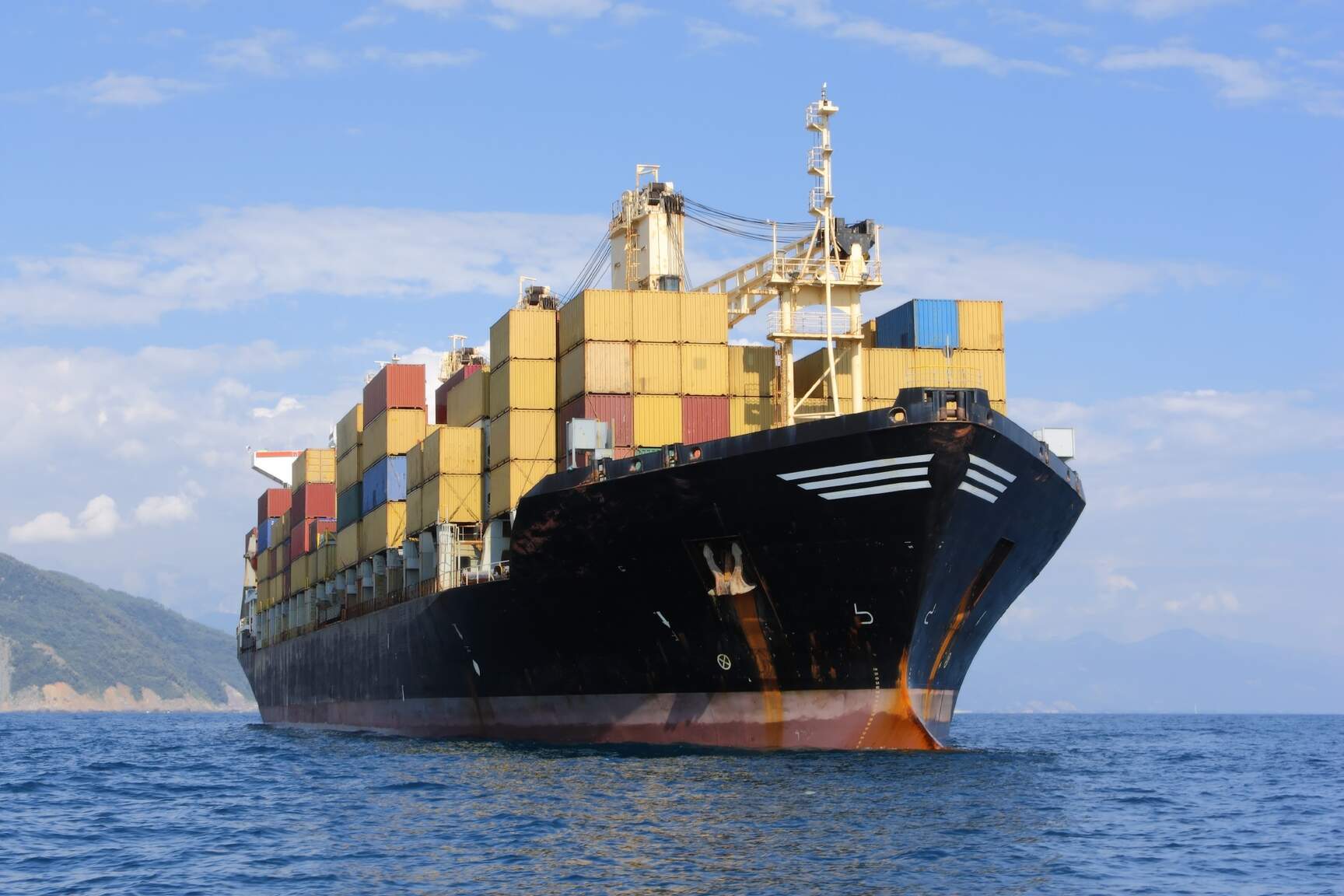Supporting Africa’s logistics needs with bulk ocean freight
Before sea freight containers took over sixty years ago, break bulk was the main form of moving cargo. Roughly 90% of all goods worldwide are still shipped by sea, of which 70% is now containerised cargo. Break bulk sea freight however still makes up a significant segment of transportation and has several advantages for clients, whether by air or sea freight, says Detlev Duve, managing director of Dachser South Africa.
Globally, logistics leader Dachser has undertaken many complex break bulk shipments. Due to Africa’s economic reliance on the extraction of natural resources, logistics operators in Africa will often be required to facilitate the movement of large machinery and parts.
Break bulk is where items are not transported in containers, but carried in units such as pallets, bags, drums or crates, or as larger non-unitised cargo. Cargo can be moved in smaller units, and it allows goods to enter less developed ports that are not set up for loading and unloading containers. Break bulk would also be used for hazardous materials, as they have to stay separate.

Break bulk is also essential when it comes to moving large, heavy or unusually shaped goods such as heavy machinery or construction materials, without dismantling the equipment into smaller shipments. This is a clear benefit for large or complex capital equipment, such as turbines or construction equipment, as it can avoid the costs of disassembling, packing, offloading and re-assembling.
Duve cites the example of moving mega machinery between South Africa and China. The project took a year to complete, and required intensive coordination and highly specialist knowledge. The client required the replacement of two stacker reclaimers and two ship loaders to be fabricated in China using raw materials from South Africa. Two E-houses were sent on break bulk vessels from South African ports to Tianjin in China. The completed machinery was then brought back to South Africa on three break-bulk charter vessels. Dachser South Africa handled the safe passage, customs clearance and offloading onto South African soil. “One ship loader equates to 99000 cubic metre and approximately 830 000 kg. At 73 meter in length, these machines equate to the width of a rugby field. The client’s shipment included two ship loaders and two stacker reclaimers. This is the ultimate in the transportation of mega machinery”, explains Detlev Duve.
Specialized and experienced staff
The project called Dachser South Africa’s capabilities, experience and networks into play. “For our client, this mammoth undertaking a success in terms of time, cost and efficiency. At Dachser South Africa, this is what we aim for, and to get this right, we are prepared to move mountains,” Duve continues.
As the break bulk cargo is not containerised, there is more danger of damage and theft. More labour and space can be required, making it a more expensive option. In some cases, specialised warehouses would be required for break bulk storage, or specialist equipment is needed. The transfer points, where the cargo switches from one mode of transportation to another either at ports or airports, may require special equipment and manpower.
A global network, innovative thinking and specialised experience is essential to deal with complex logistics challenges. “We can tap into the expertise of our extensive country network to make sure these projects go without a hitch.”